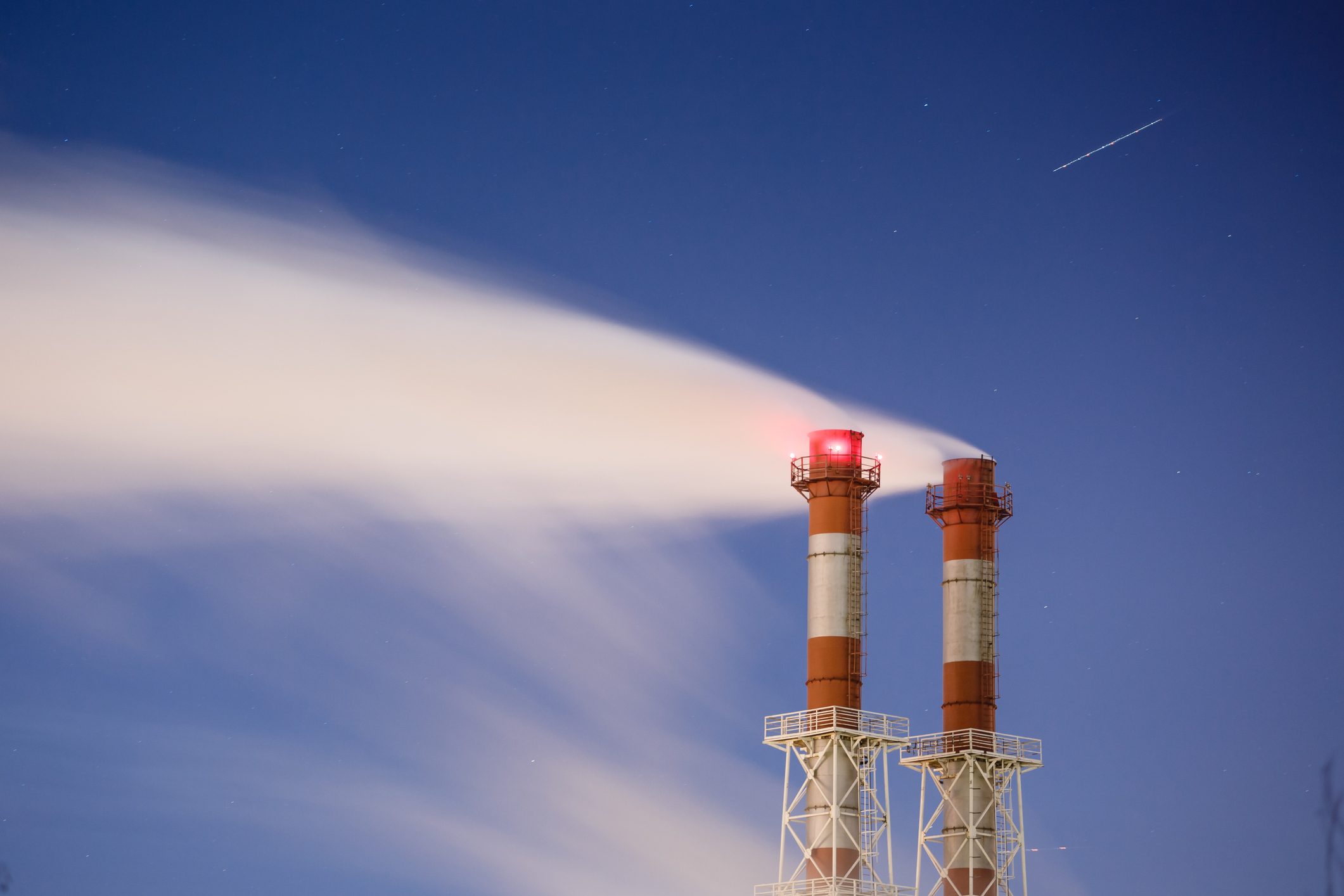Australian Climate Change Minister Chris Bowen has initiated a 12 month Carbon Leakage Review to consider additional policy options addressing carbon leakage, including a carbon border adjustment mechanism (“CBAM”) to mitigate the risk of trade displacement caused by carbon leakage.[1] This opens up a Pandora’s box of competing policy pressures. Will such a mechanism truly benefit the environment? How will it impact on Australian industrialisation and trade? Recalling the “other” World Trade Organisation (“WTO”) objective, which is “development”, will consideration be given to international social welfare, and how to support that goal as well?
In this newsletter, Moulis Legal’s international trade team explores the potential effects of an Australian carbon border tax on Australia’s industries, exporters and importers. What are the main issues for stakeholders to consider? Will domestic laws be consistent with WTO norms? What checks and balances will be required for a CBAM to operate fairly and to achieve genuine climate goals, rather than being used as a shiny tool for protectionism in the new era of industrial policy?
Carbon leakage and cost equalisation
The goal of a CBAM is to address “carbon leakage”. As governments across the world move towards meeting climate goals by giving carbon a domestic cost, the economic probability is that manufacturing and supply chains will respond by shifting operations to foreign countries that do not have that cost. Carbon leakage causes a seesaw of greenhouse gas emissions. As emissions in a country with a rigorous climate policy decrease, shifted production triggers an increase in emissions in another. In this scenario, the goal of carbon reduction is defeated from a global perspective, and the higher cost jurisdiction faces an exodus of domestic producers and manufacturers.
Addressing such “leakage” at the border, by introducing regulatory and tariff schemes that ensure both domestic production and foreign production bear an equivalent carbon “cost”, has gained traction. The CBAM pioneered by the EU is just such a scheme. As of 2026 the EU will charge importers a tariff on certain products, starting with iron, steel, aluminium, cement, clinker, lime, electricity, hydrogen, and fertiliser. The idea is that the tariff will make up the difference between the carbon price in the exporting country, if any, and that in the EU, by imposing that difference as a cost on the importer. The transitional reporting phase for the implementation of this scheme starts on 1 October 2023.
Under the EU CBAM, importers will be required to purchase certificates representing the cost of the emissions embedded within the imported goods (in the sense of having been emitted in their production). In 2023, the EU carbon cost was around €95 per MT of carbon embedded in subject products (around A$159). To give a simple example, if an exporting country has no domestic carbon tax scheme operating, then a tariff equal to the full EU carbon cost will be levied on “like products” at the EU border.[2]
Making Australia great again
Over recent years Australia’s climate regulations have become more stringent, short of implementing such a tax. For example, a climate safeguard mechanism, including a cap on emissions, was introduced in 2016.[3] Now, with the announcement of the 12 month review, the opportunity for border action is about to be fulfilled.
The election of the worker-aligned Australian Labor Party in May 2022 has certainly made this outcome more compelling, with the Australian Workers Union stating in January of this year that:
The government should immediately start exploring how a carbon tariff would work effectively in Australia… [w]ithout one, our businesses will face unfair competition from dirty imports from countries with shocking environmental standards and regulations.[4]
The review will seek input from industry and community groups and international trade partners. Its report will deal with the carbon leakage risks, the policy options, and the imported materials that should be subject to a carbon border tax.
The government has picked-up on the political points to be scored by adopting its own “making Australia great” rhetoric. The National Reconstruction Fund, whose board met for the first time last week, has been trumpeted by the government as an entity that will “help Australia be a country that makes things again”.[5] And the Minister’s language when he announced the review reinforces this:
Making Australia a renewable energy superpower and leader in areas such as critical minerals will require essential industrial inputs – like steel, cement and aluminium.[6]
Impacts will be strongly felt
Responding to new regulations, and the associated costs in compliance and adaptation, will be a new challenge for businesses in supply chains that are exposed to border carbon measures.
CBAMs – Australia’s and those of its trading partners - will have direct and indirect impacts along the length of the supply chain. Determining the carbon footprint of products, including everything from raw materials extraction, through production and manufacturing, to shipping, will require highly technical calculations and data collection. By way of mitigation, businesses will be forced to make difficult choices. Alternatives that will need to be considered will be whether to absorb a CBAM cost at the expense of profits, or increase research and development, or reconfigure production processes and inputs, or step-up pollution mitigation, or pass-on costs to suppliers and consumers, or substantially shift business models and supply chains, or adopt any combination of the foregoing.
Is simple regulatory equivalence necessary and fair?
Is a higher per unit carbon cost necessarily and realistically more effective or efficient in balancing trade and development with environmental goals? The answer would have to be no. Therefore, it is good to see that the review is not a one way street for advocates of industry protection.
The terms of reference require consideration of “wider trade strategy and priorities, including legal consistency with and implications for international trade obligations, including the WTO” as well as “interests of Australia’s trading partners, including those of developing countries in our region”.[7] This introduces a broader consideration of international development goals, opening up the possibility of stronger diplomatic efforts for initiating a global framework on emissions trading that could establish a “fair” price for carbon and allow for special and differential treatment of lesser developed countries.
At the domestic level, affected exporters and importers can be expected to argue that a border adjustment tax be applied fairly and consistently and that their rights to ensure that is the case are preserved. What evidentiary levels will be acceptable to whatever body is put forward to implement the border tax system? Will a domestic system for adjudicating arguments be incorporated into the mechanism?
Even more simply, could an exporting country’s lower carbon costs be branded as a kind of “carbon dumping” or as a form of subsidisation that should be incorporated into duty calculations in existing anti-dumping and countervailing investigations? How current trade rules may be made available to police this also needs to be considered.
Multilateral rules to set a common standard would help prevent protectionism from creeping into investigation and decision-making.
For the WTO, respect in the absence of compliance
The EU notified its CBAM to the WTO on 5 September 2023, a possible admission that the measure does not conform to WTO obligations. Any Australian carbon border tax would likely also be reported to the WTO and also invite scrutiny in the WTO’s dispute settlement forum.
Both Australia and the European Commission have carefully underlined their intent to adhere to international trade standards. However, the consistency of a CBAM with WTO norms remains a topic of debate. Some experts argue that instead of being a genuine climate measure, the EU’s CBAM leans more towards protectionism, especially in light of the Paris Agreement's “common but differentiated responsibilities”.
A carbon border tax system could potentially breach GATT Article I if it distinguishes "like products" based on carbon content in a way that might discriminate between products from other WTO Members (“most favoured nation), or Article III if it gives less favourable treatment to another Member’s products than it gives to its own (“national treatment”). In their defence, Australia and the EU might contend that their border taxes are permitted under exceptions, for example by arguing they safeguard exhaustible resources or preserve the life and health of humans, animals and plants.
China has questioned the implications of the EU’s CBAM policy in the WTO Committee on Trade and Environment but has fallen short, so far, of indicating an intention to lodge a formal WTO claim.
Other countries are adopting a firmer stance, even from within the EU. With a heavy dependence on coal for its power generation, Poland is concerned about its economy and energy security. Resultantly, Poland has called on the European Court of Justice to annul the EU Regulation establishing the CBAM, as well as the EU’s emission trading system in general.
Next steps
The era of the CBAM has just begun. Australia’s upcoming review will be one for the ages. Very few will argue that a carbon border tax is not a good idea, however there are plenty who will argue about its fairness. Working out how to address “carbon leakage” or “carbon dumping” at the border, and how that is to be done, will not happen quietly. The environmental, social and corporate governance implications are plain. The review can expect strong interest and a high level of participation.
For inquiries about the review’s procedures and for assistance with your submission do not hesitate to be in touch with partner Charles Zhan and special counsel Jessica Giovanelli of our international trade team here at Moulis Legal.
[1] Announcement made on 15 August 2023, with the review to be completed by 30 September 2024. See Minister Chris Brown’s speech to Australian Business Economists.
[2] To give a more complex example, in 2023, the same year in which the price of carbon under the EU’s emissions trading scheme (ETS) was around €95/mtCO2e (around AUD 159/mtCO2e), the price of carbon under China’s emissions trading system was around 66.49 CNY/RNB/mtCO2e (AUD14.24/mtCO2e). For a Chinese steel exporter who has paid the carbon price in China, the additional carbon costs under an EU style CBAM will have a material impact on the cost and price of imports. Sources: World Bank Carbon Pricing Dashboard, Shanghai Environment and Energy Exchange, and Ember Climate.
[3] See Check your carbon credits – ESG green shoots or greenwashing?, Moulis Legal, 29 March 2023.
[4] See Carbon tariffs backed by union to protect jobs, Australian Financial Review, 11 January 2023.
[5] See Minister Ed Husic’s media release of 18 September 2023.
[6] See footnote 2.




